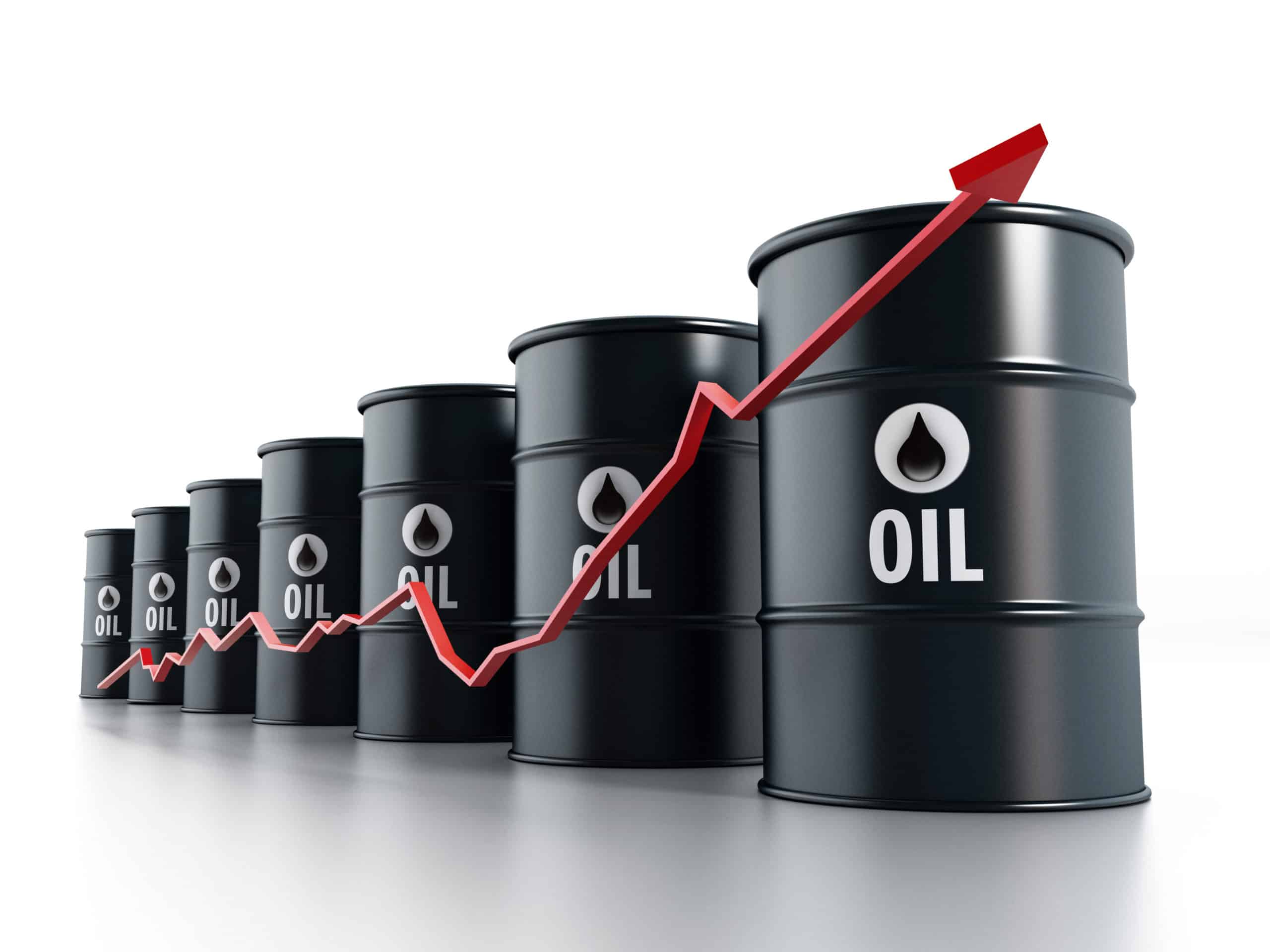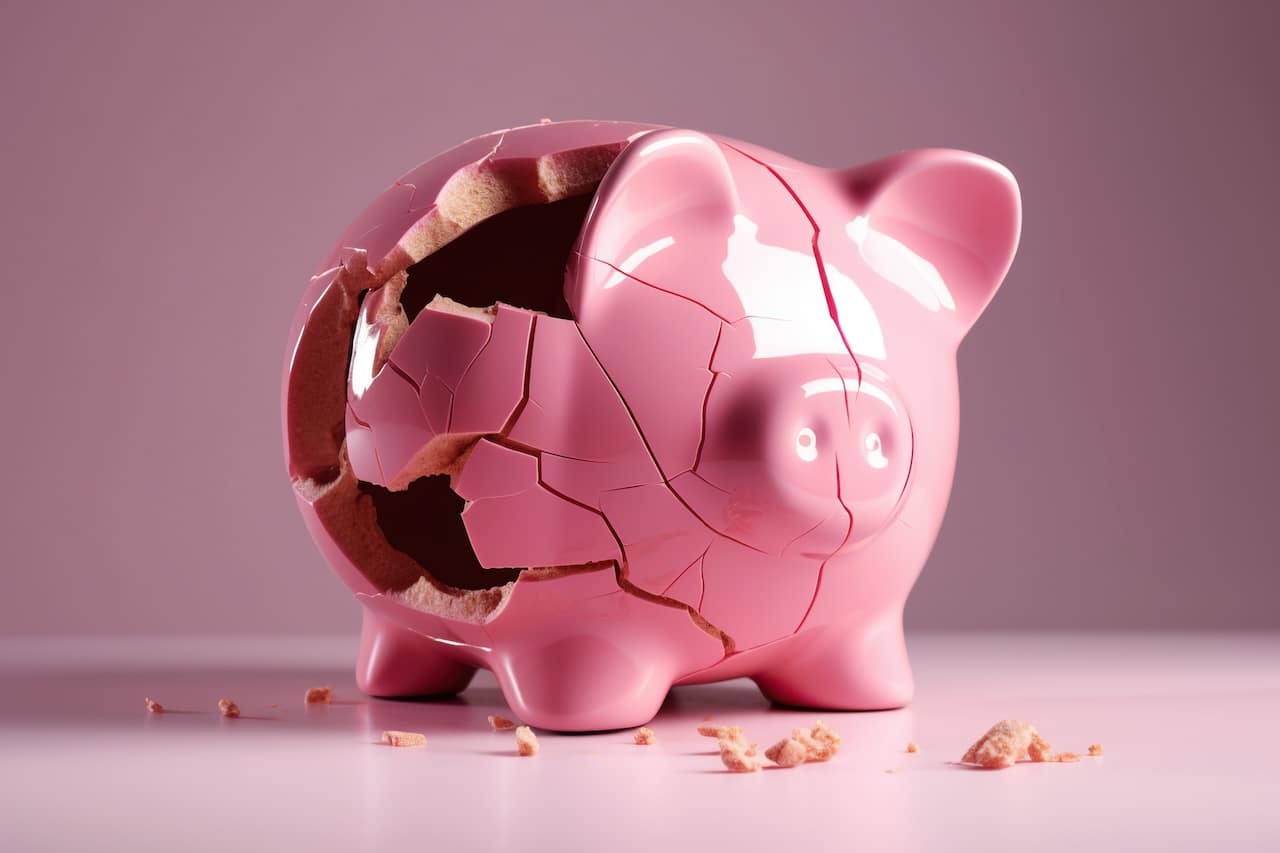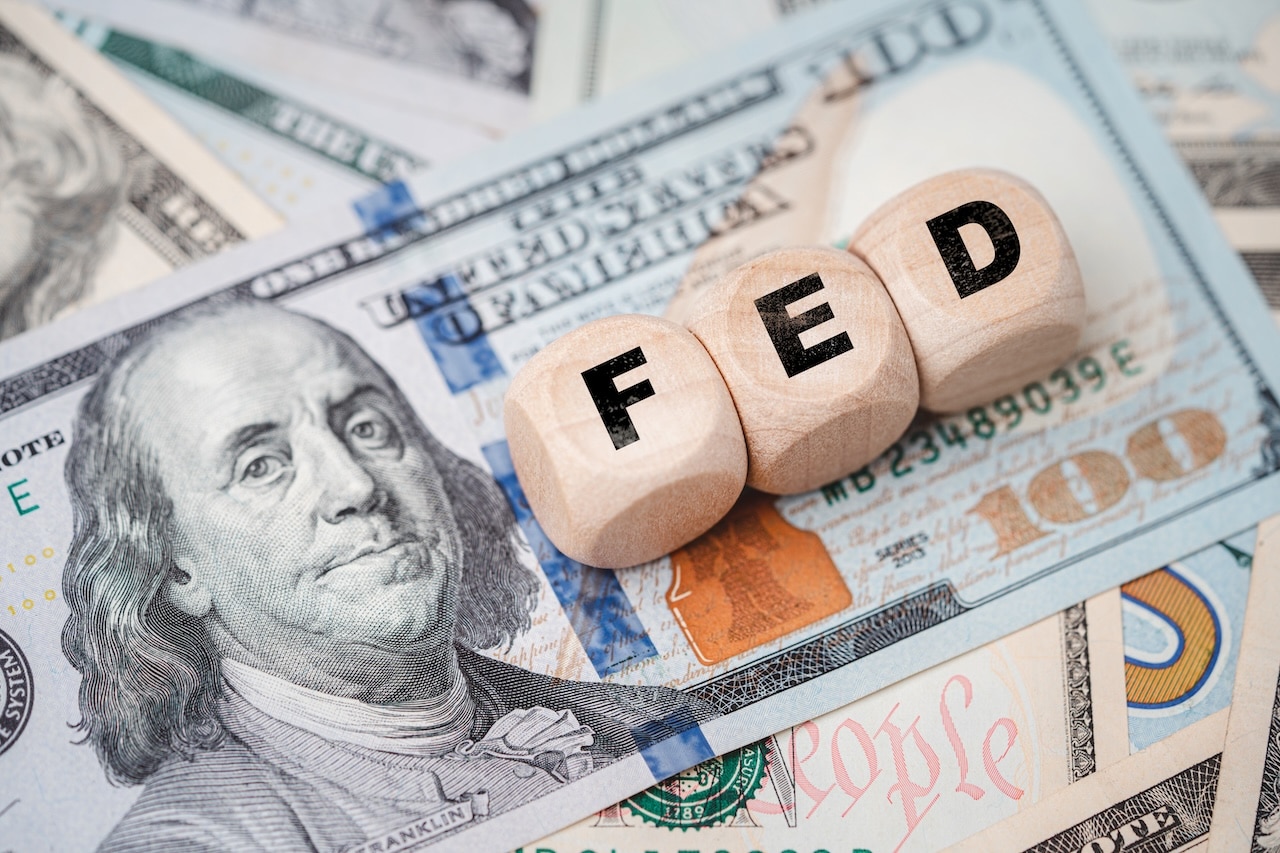Credit Sesames discusses the impact of rising oil prices on consumer spending, inflation and interest rates.
Just as inflation seemed to be easing, oil prices have risen, meaning fuel oil and gasoline are more expensive. However, oil prices have a broader impact on the economy. Consumers may have to pay for recent increases in three ways.
What’s happening with oil prices
Since bottoming out in late June 2023, the price of a barrel of oil rose by 29% as of early September, according to data from the Energy Information Administration.
Why the jump in prices? Following a sustained drop in oil prices from March 2022, several oil producers cut their output to tighten supply and drive up the price of oil. Most recently, Russia and Saudi Arabia agreed to extend their cuts through the end of the year.
For the year ending May 31, 2023, the Consumer Price Index (CPI) energy commodities component had declined by 20.4%. That was the steepest decline of any major component of CPI. In a complete turnaround, energy commodities were one of the fastest-rising sectors during June and July. Price increases have continued through August and early September.
This poses multiple threats to household budgets that are already stretched by inflation. It is hard to avoid expenditure on energy.
1. Direct costs at the gas pump and heating bills
Rising oil prices are reflected in higher gas pump and home heating oil prices.
The national average price for all grades of gasoline hit a low point of $3.055 per gallon at the end of December 2022. In 2023, the price of oil has risen steadily. By the end of August 2023, the average price across all grades of gasoline was $3.772. That represented a year-to-date increase of 23.5%. The retail price of gas is still about a dollar cheaper than in mid-2022, but the sudden reversal of gas prices presents a fresh challenge for consumers. In the second half of 2022, falling gas prices were a welcome relief. This year, rising prices have been a growing burden.
That burden is significant because even if Americans can cut back on pleasure travel, they must still get to and from work. On average, consumers spend 16.8% of their household budgets on transportation. That’s more than any other category besides housing, and now those transportation costs are rising fast.
In addition to the impact of higher oil prices on transportation, consumers who use fuel oil to heat their homes now face the prospect of heading into winter with prices moving considerably higher.
2. Oil is a major factor in general inflation
Besides its direct impact on the price of gasoline and fuel oil, the cost of oil significantly affects the prevailing inflation rate.
Motor fuel represents about 3.5% of the CPI, making it one of the more significant components of that index.
On top of that, transportation and energy expenses are considerable factors in the production and delivery of most other components of the CPI. So, rising oil prices can lead to price increases in many categories.
History shows that gasoline prices have a strong influence on the general rate of inflation. Up to September 2023, rising oil prices preceded a peak in the overall inflation rate 21 times. In contrast, a peak in general inflation preceded a peak in gas prices only four times.
Conversely, falling gas prices can have a cooling effect on inflation. Since 1980, a low point in the rate of change in gas prices preceded a low point in the inflation rate 23 times. On only one occasion did inflation hit a low point before the change in gas prices.
In short, where gas prices go, inflation tends to follow. Higher oil prices can also impact the cost of manufacturing and delivering most other goods and services, thus raising the overall inflation rate. This is concerning news at a time when gas prices are rising fast.
Inflation drives interest rates
The third way surging oil prices threaten to cost consumers is by driving interest rates higher.
Since the beginning of 2022, the Federal Reserve has raised interest rates by 5.25% in an effort to choke off inflation. Over the same period, mortgage rates are up by about 4% and credit card rates by 5.72% as lenders try to protect themselves from the impact of higher inflation.
In short, consumers pay a lot more for credit due to inflation. If rising oil prices reignite inflation, the cost of credit could increase.
Don’t expect an interest rate cut this year
Because of the recent trend in rising oil prices, any hope of a cut in interest rates this year is probably off the table. If that trend continues, further rate hikes next year might be in play. Instead of waiting for interest rates to fall, your best bets for paying less interest are to:
- Reduce your debt balances
- Shop around for better rates
- Improve your credit score to qualify for better rates
You pay the direct cost of higher oil prices every time you fill up at the gas pump. Ideally, use credit cautiously to minimize the indirect cost of higher oil prices.
If you enjoyed Rising oil prices causes triple whammy for consumers you make like,
- What is the impact of inflation on consumer credit?
- The effect of inflation on American households
- What are the different kinds of inflation?
Disclaimer: The article and information provided here is for informational purposes only and is not intended as a substitute for professional advice.




















